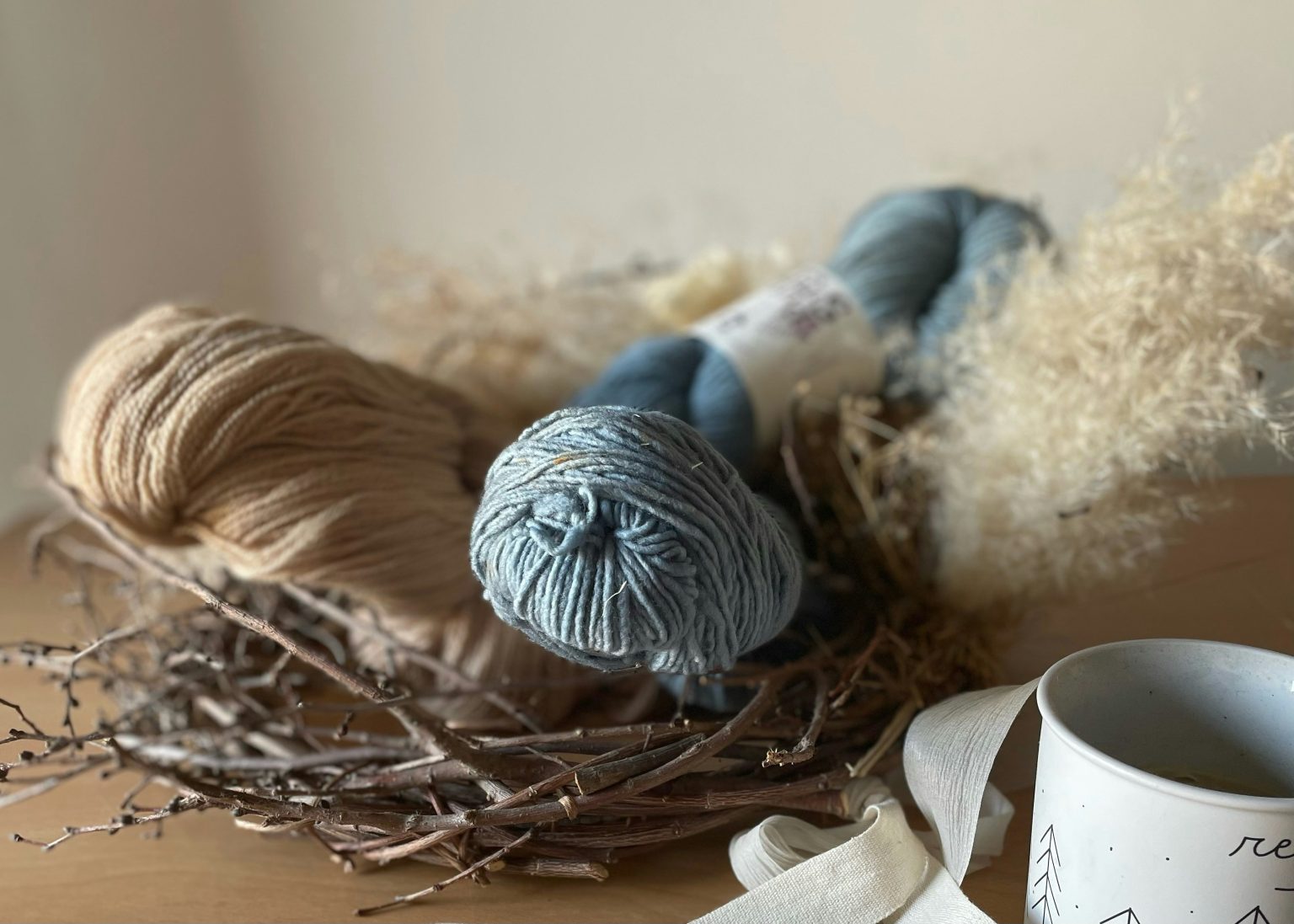Knitting is more than just looping yarn over needles — it’s a soothing, creative, and skill-building craft that has captivated people for centuries. Among the many fibers used, wool stands out for its warmth, versatility, and natural beauty. Whether you’re brand-new to knitting or have been at it for years, understanding wool and the nuances of knitting can make the hobby more enjoyable, productive, and rewarding.
Understanding Wool: The Fiber with a History
Wool is a natural fiber obtained from the fleece of sheep, though it can also come from animals like alpacas, goats, and rabbits. What makes wool so cherished is its combination of softness, elasticity, and insulation.
There are different types of wool, each offering distinct characteristics. Merino wool is prized for its softness and fine texture, making it perfect for garments worn close to the skin. Shetland wool, on the other hand, is more durable and well-suited for outerwear. Understanding the origin and texture of your wool can guide you in choosing the right yarn for your project and ensure your finished piece has the qualities you desire.
The Tools That Bring Wool to Life
Knitting may look simple, but the tools you use greatly impact your experience. The most essential tools are knitting needles, which come in various sizes and materials such as bamboo, aluminum, and steel. Beginners often prefer bamboo needles because they are light and have a bit of grip, which prevents stitches from slipping too easily.
You’ll also need scissors, a yarn needle for weaving in ends, and stitch markers to keep track of patterns. While it’s possible to start with just the basics, investing in quality tools can make your knitting sessions smoother and more comfortable, especially for long-term hobbyists.
Choosing the Right Yarn for the Right Project
Not all wool yarn is created equal, and not all knitting projects require the same yarn weight or texture. For instance, bulky wool yarn is perfect for cozy winter blankets and chunky scarves, while finer yarns like fingering or lace weight are ideal for delicate shawls and detailed patterns.
When selecting wool for your project, pay attention to its ply, which affects both durability and appearance. A higher ply often means a smoother and more uniform finish, while single-ply yarns can give a more rustic and textured look. Additionally, consider whether your wool is superwash treated — meaning it can be machine-washed without felting — which is especially practical for items like children’s clothing.
Knitting as a Mindful Practice
Knitting is more than a craft; it’s a form of mindfulness. The repetitive motion of the needles and yarn can have a calming effect, much like meditation. Many knitters find that working on a project helps them manage stress, improve focus, and unwind after a busy day.
Studies have even shown that engaging in repetitive, rhythmic activities like knitting can lower heart rate and blood pressure. It’s not just about creating something beautiful — it’s also about creating mental space to breathe and recharge.
The Social Side of Knitting
Knitting may seem like a solitary activity, but it has a vibrant community aspect. Local knitting circles, online forums, and social media groups bring together people from all walks of life who share a passion for the craft.
Joining a knitting group can help you learn new techniques, get feedback on your projects, and keep you motivated to finish what you start. It also provides a supportive space where friendships can form around shared creativity and mutual encouragement.
Caring for Wool Creations
Once you’ve invested time and effort into creating something from wool, proper care ensures it lasts for years. Wool garments should generally be hand-washed in cool water using a gentle wool-specific detergent. Avoid wringing or twisting, as this can distort the shape of your item.
Lay wool pieces flat to dry to prevent stretching, and store them in breathable fabric bags to protect against moth damage. While it might take more care than synthetic fibers, wool rewards you with unmatched comfort and longevity.
Why Knitting with Wool is Worth the Effort
There’s a deep satisfaction that comes from transforming a simple ball of wool into something practical, beautiful, and entirely unique. Each stitch carries a little bit of your time, patience, and personality. From cozy sweaters and scarves to intricate lace shawls, knitting allows you to create pieces that reflect your style and skill.
More than that, wool knitting connects you to a tradition that has been part of human culture for millennia. You become part of a long line of makers who have found joy, comfort, and community in the craft.
Final Thoughts
Wool and knitting together create a hobby that is as versatile as it is rewarding. From understanding the different types of wool to choosing the right tools and enjoying the mental health benefits, there’s always something new to learn and explore.
Whether you knit alone for peace and focus or with friends for laughter and learning, each loop and stitch brings you closer to a finished work that is both a personal achievement and a warm companion. If you’ve been curious about knitting, there’s no better time to pick up some wool, grab your needles, and start your journey into this timeless craft.


